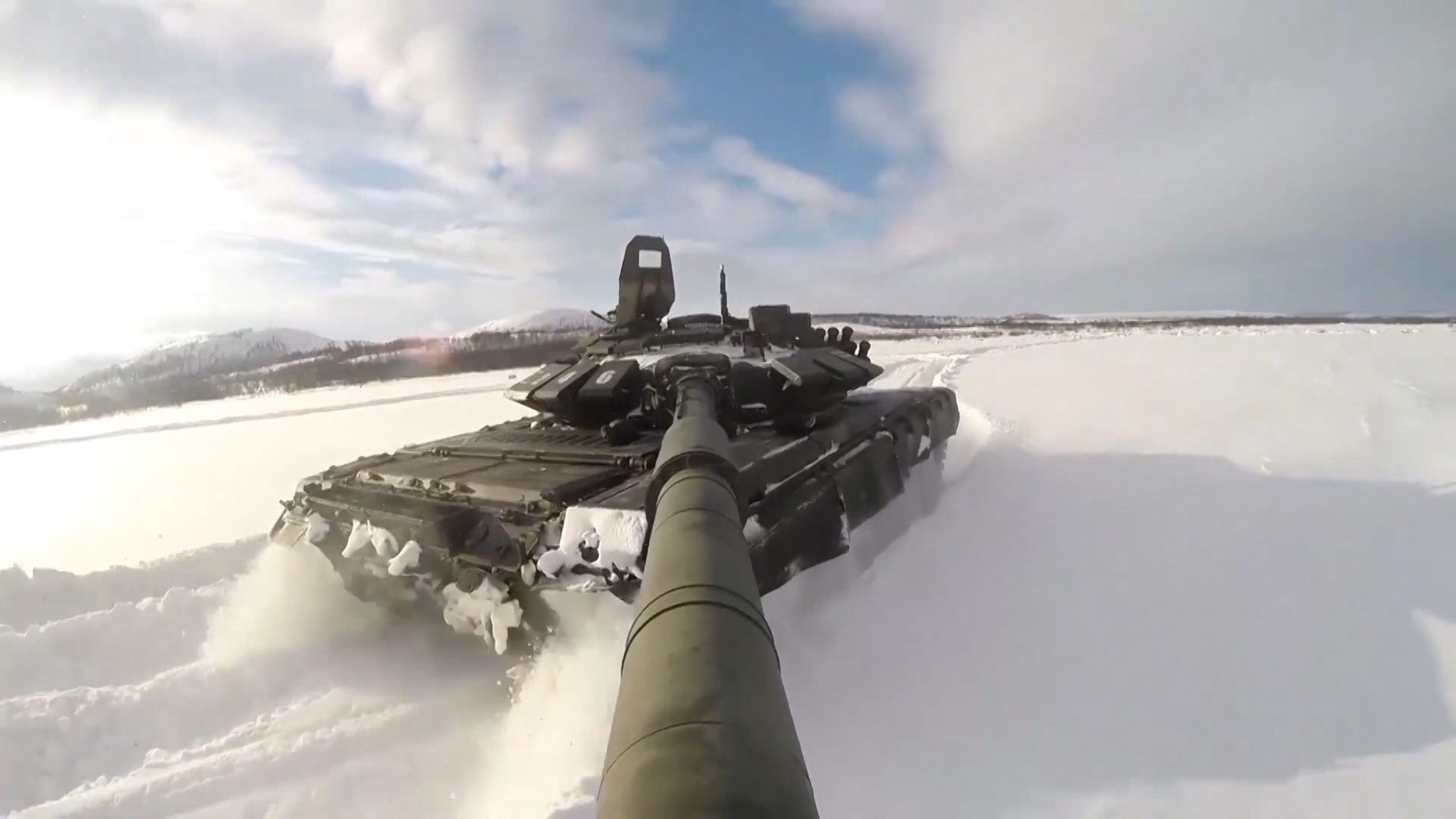
Russian and US military firepower: A comparison

The latest assessment of global military capabilities shows how Russia and the US compare in an analysis of the world's military organisations, equipment inventories and defence budgets.
Global defence and security affairs have been dominated by the invasion of Ukraine over the last year, with tensions between Vladimir Putin's Russia and the US continuing to escalate as the conflict moves into its second year.
Forces News looked at the International Institute for Strategic Studies' (IISS) annual report, The Military Balance 2023, which examines global military capabilities and defence economics, to see how the Russian and US militaries, regarded as two of the most powerful in the world, stack up against each other.
Overview
Defence Budget (2023) in US dollars – Russia: $66.4bn, US: $827bn
Active Personnel – Russia: 1,190,000, US: 1,359,600
Reserve Personnel – Russia: 1,500,000, US: 817,450
Intercontinental Ballistic Missile (ICBM) Launchers – Russia: 339, US: 400.
Air Power
Combat capable aircraft: Russia: 1,153, US: 1,574
Bomber aircraft – Russia: 76, US: 66
Uninhabited Aerial Vehicles – Russia: Some (under 50), US: 261.
Land Power
Infantry Fighting Vehicles – Russia: 4,150, US: 2,959
Main Battle Tanks – Russia: 1,800, US: 2,645
Artillery – Russia: 4,458, US: 5,096
Sea Power
Ballistic-Missile Nuclear-Powered Submarines: Russia: 11, US: 14
Attack/Guided Missile Submarines – Russia: 40, US: 53
Aircraft Carriers – Russia: 1, US: 11
Cruisers, Destroyers and Frigates – Russia: 30, US: 111
Amphibious Ships – Russia: 46, US: 31
Special Operations
The United States Special Operations Command (USSOCOM) oversees global special operations and activities, bringing together a network of elite commands from the US Army, navy, marine corps and air force.
According to the IISS report, USSOCOM has 65,800 personnel.
Reconnaissance, hostage rescue and recovery, countering weapons of mass destruction and counterterrorism are all part of the USSOCOM mission.
Russia's Special Operations Forces are 1,000-strong, while the country has special forces units in its air, naval infantry (marines) and airborne forces.
Spetsnaz, Russian special military operators, are present in each of the five Russian military districts – the defence structure dividing military jurisdiction across the country's huge land mass.
Cyber and Space
The US Cyber Command is commanded by the National Security Agency and contains 133 Cyber Mission Teams.
This is similar to the front-foot approach taken by the National Cyber Force in the UK.
Russia considers cyber a space to be protected by its armed forces, although its command chain in the domain is often blurred with civilian bodies.
Established in 2019, the US Space Force consists of 8,400 personnel and is in the process of being "stood up", according to the report.
The IISS said it is tasked with "organising, training and equipping forces to protect US and allied space interests and to provide space capabilities to the joint Combatant Command.
The US and Russia both possess Intelligence, Surveillance, Reconnaissance equipment.









